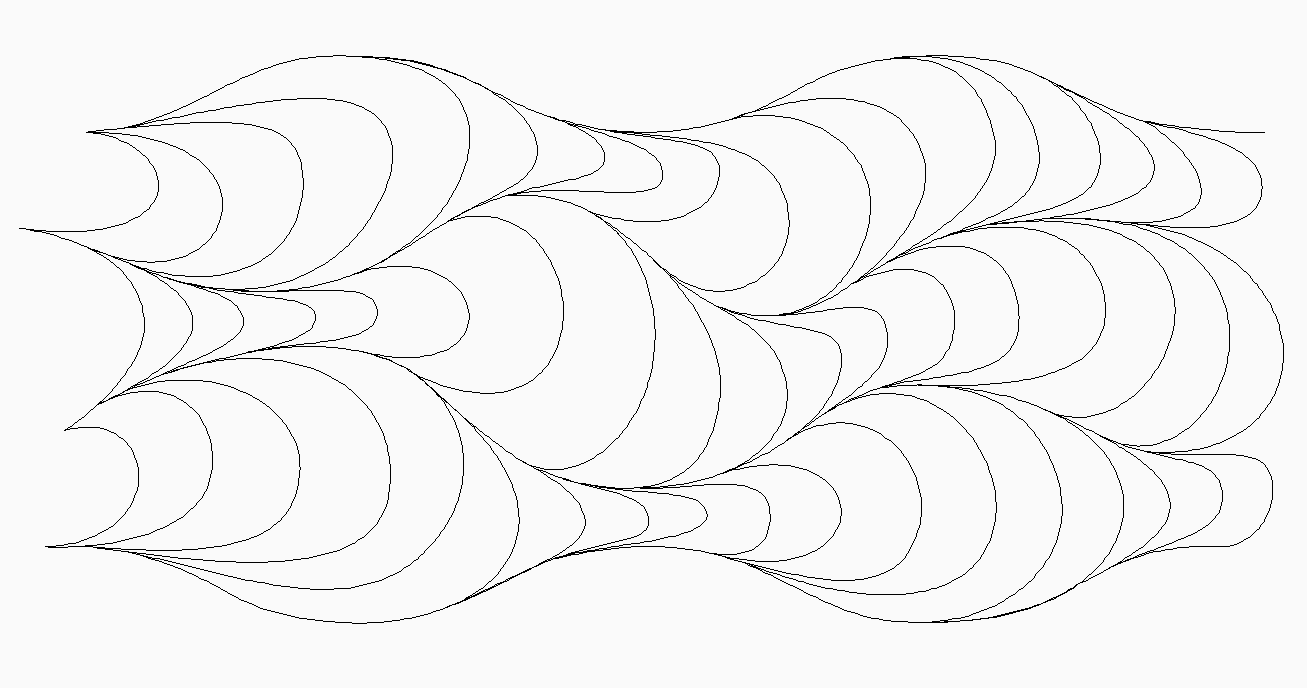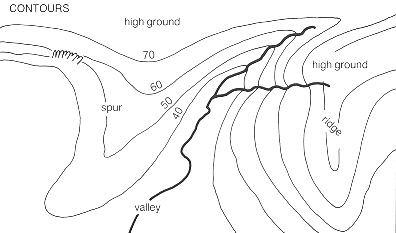


If someone were to pour water on your head, the water would travel downhill, but when water hits the belt (if you and the belt were made of earth), the water would slow and spread along that line. If you think of your standing body as a hill, then contour lines run across your body like a belt, bracelets, or a neck scarf. It is a line directly perpendicular to the slope (up and down) of a site. Contour is a line along one elevation measurement. So, how does one appreciate the natural shape of the land? By building, gardening, working “on contour”.
Is more prone to extremes from pests, weather, disaster, than a site with many different nuances. Many useful, precious microclimates can be erased. Because it doesn’t sink water, it can also all dry out at once.  It can all flood out in one rain event, it doesn’t sink water to appropriate areas. It’s a crazy idea to make land flat without good reason! Sure, we want it flat for building foundations, terraces, tent camping, etc, but if we make land flat just for the heck of it: We might cause ourselves unnecessary work. We might place components of design in the wrong place, with decreased efficiency. Gardens and other soil disturbances might be placed in ways that increase erosion and damage to the site. Working with contour/slope is like seeing the naked shape of the land and appreciating it, rather than ignoring, or worse, misusing it.
It can all flood out in one rain event, it doesn’t sink water to appropriate areas. It’s a crazy idea to make land flat without good reason! Sure, we want it flat for building foundations, terraces, tent camping, etc, but if we make land flat just for the heck of it: We might cause ourselves unnecessary work. We might place components of design in the wrong place, with decreased efficiency. Gardens and other soil disturbances might be placed in ways that increase erosion and damage to the site. Working with contour/slope is like seeing the naked shape of the land and appreciating it, rather than ignoring, or worse, misusing it. Contour lines how to#
Learn how to use keylines and contour to work with the slope of the land.







 0 kommentar(er)
0 kommentar(er)
